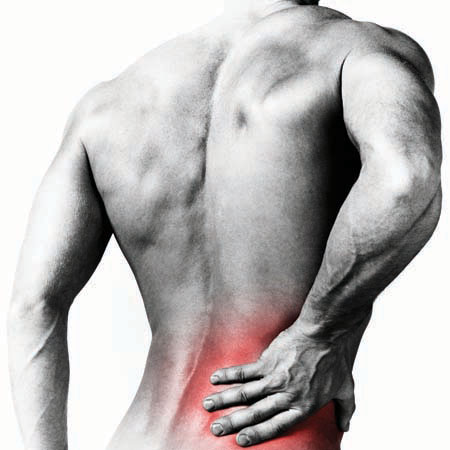 As a physical therapist, I often interact with patients who on their initial visit will comment, “I need exercises for my back” or “I just need to get my back stronger.” Although exercise and increased strength are vital in low back health, a common misconception is that low back pain is a homogenous entity, essentially the same from one individual to the next. I frequently use the analogy of a patient with chest pain being seen in the Emergency Room. If every patient that was seen for chest pain were treated for a heart attack, how successful would that treatment be? How would the patient with gastric reflux or a collapsed lung respond to medications, or even surgery, to treat blockage of the arteries of the heart? Obviously, the answer is “not very well.” As we expect physicians to realize that there are many different causes (and treatments) for chest pain, physical therapists also are increasingly aware that not all back pain responds favorably to the same treatment techniques or exercise.
As a physical therapist, I often interact with patients who on their initial visit will comment, “I need exercises for my back” or “I just need to get my back stronger.” Although exercise and increased strength are vital in low back health, a common misconception is that low back pain is a homogenous entity, essentially the same from one individual to the next. I frequently use the analogy of a patient with chest pain being seen in the Emergency Room. If every patient that was seen for chest pain were treated for a heart attack, how successful would that treatment be? How would the patient with gastric reflux or a collapsed lung respond to medications, or even surgery, to treat blockage of the arteries of the heart? Obviously, the answer is “not very well.” As we expect physicians to realize that there are many different causes (and treatments) for chest pain, physical therapists also are increasingly aware that not all back pain responds favorably to the same treatment techniques or exercise.
Recent research in physical therapy has begun to address the issue of heterogeneity, or difference, in low back pain, and how to appropriately categorize and treat individuals most effectively. In an article by Fritz, et al, the authors suggest a classification system of four groups based on likely favorable response to treatment for acute, or newly onset, low back pain: manipulation (or manual therapy), stabilization, specific exercise and traction. Assignment to these individual categories has been based on research looking at factors that would likely lead to a positive outcome with respect to patient pain and/or function. For example, factors that would favor a manipulation (or manual therapy) approach would include relatively new onset of symptoms (less than 2 ½ weeks), no symptoms below the knee and decreased mobility of the spine as judged by the physical therapist. In contrast, the stabilization group would include patients presenting with greater than average flexibility (including those postpartum), of age less than 40 years and those presenting with abnormal motion testing deemed to have instability of the spine.
Let’s look at the example of two different patients, Eric and Paul, with the exact same diagnosis,” lumbar spine L5 disc bulge”, who have come to physical therapy for treatment of their low back pain. We see that Eric and Paul both report that their primary problem is right low back pain extending into the right buttock region. Upon exam, looking at both a verbal history and description of symptoms and physical testing, we find that Eric demonstrates a “directional preference” for movement or loading of his spine into extension or a backward bending direction. Movement into extension decreases his low back and/or buttock pain and may result in improved mobility afterward. In this case, our treatment plan will most likely include frequent positioning into an extended position, often performed lying face-down and pressing the shoulders and chest upward. Paul, on the other hand, may have a very different history and physical exam – he may display no directional preference at all, in fact movements into extension or backward bending actually make his symptoms worse and result in decreased mobility. In Paul’s case, we would advise limiting movements that exacerbate his symptoms, especially if they peripheralize, or increase, his symptoms into the buttock or leg. Treatment for Paul would be vastly different than how we treat Eric, even though they both came into the clinic with same exact diagnosis!
How do we know which treatment is best suited for Eric or Paul? The answer is, that until we perform an adequate exam – looking both at a patient’s history of their condition and performing a thorough physical exam, we will not know. This is why evaluation and treatment by a skilled physical therapist is critical for the optimal care of those with low back pain. So, how do we respond to those patients asking for “the best exercise for my back” or “I just need to get my back stronger”? My response is usually, “Let’s take a look and see what’s going on…”
References: Fritz, et al. Subgrouping patients with low back pain: evolution of a classification approach to physical therapy. Journal of Orthopaedic and Sports Physical Therapy, 37:6, 290-302. June, 2007.

